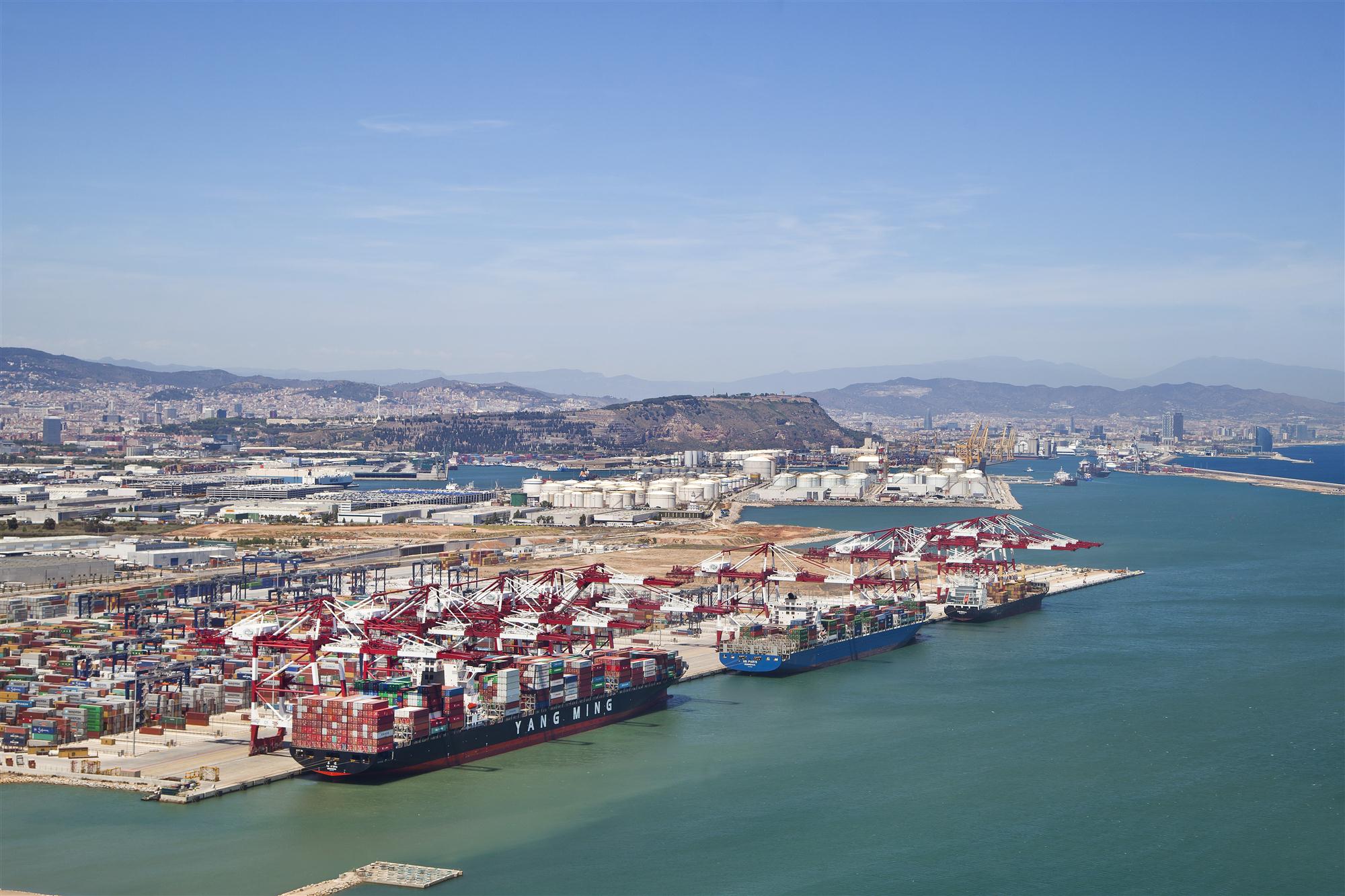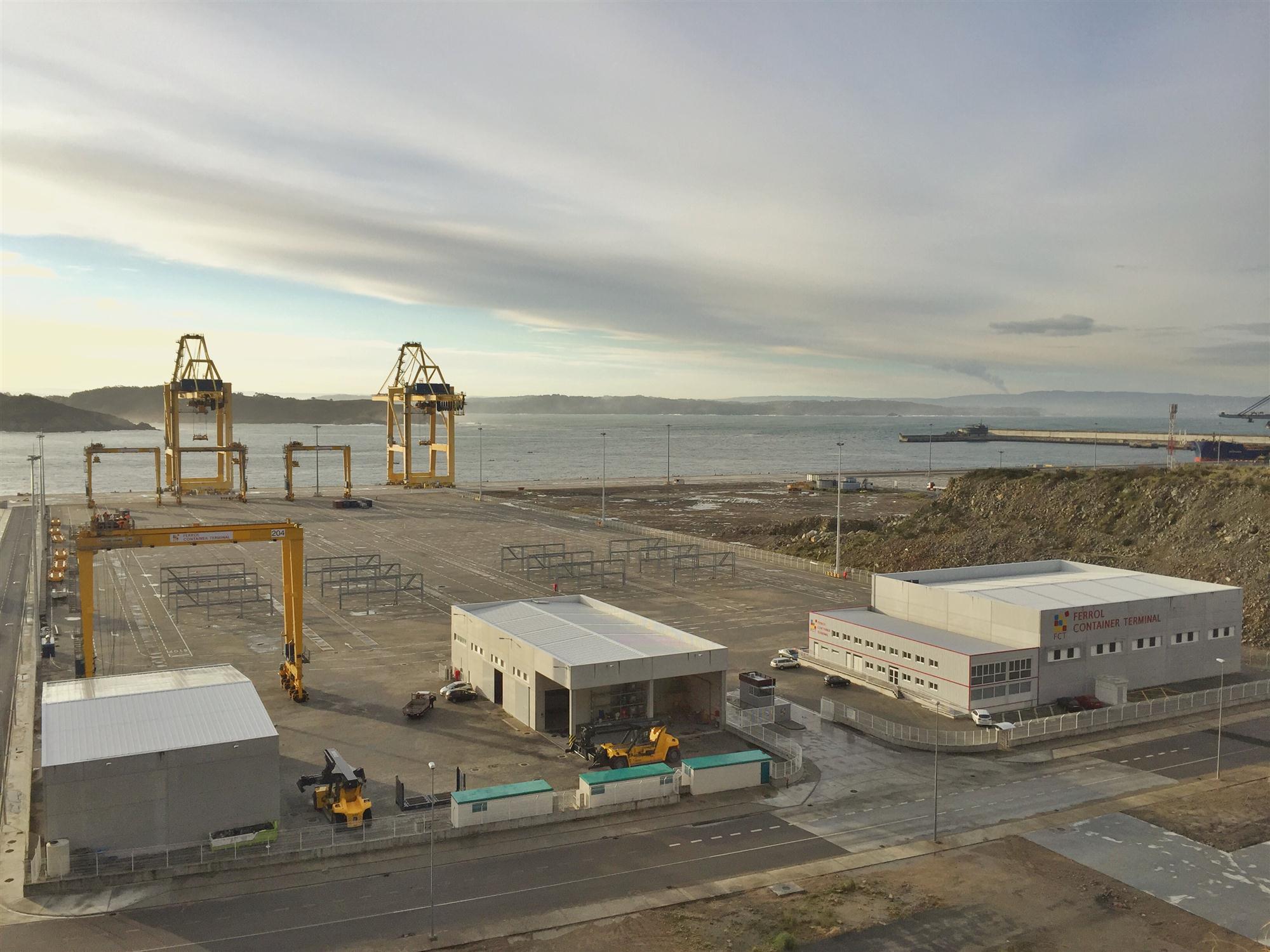Two Spanish ports are hoping to take a bigger share of the Asia-Europe trade by appealing to the Chinese market.
The Port of Barcelona, which is the first port of call in Spain for a total of six different services from Asia, has direct connections with Jeddah, Abu Dhabi, Mundra, Port Klang, Singapore, Hong Kong and Yantian.
According to Puertos del Estado, the state-owned Spanish port system, the Port of Barcelona handled 1.95 million TEUs in 2015.

“China accounts for about 35% of the total import and export cargo at Barcelona,” says Manuel Galán, port community promotion manager at the Port of Barcelona. “So about 700,000 TEUs are going to or coming from China. We also work a lot with Vietnam, Japan and South Korea.”
The port wants to grow that percentage and, in an attempt to do so, has recently launched BARCELOC, a joint initiative between the Port of Barcelona, the Catalonian government and the Barcelona City Council which offers free and customized information and advice to Chinese businesses in order to attract them to use Barcelona as a logistics hub for the European, African and Latin American markets.
“It’s been in planning for more than five years,” says Qianyan Lin, BARCELOC’s China representative. “We’ve had a positive response from Chinese companies who want to develop the European market, and we’ve already started discussions with more than 20.”
According to Lin, the biggest challenge the project faces is one of awareness.
“It’s very difficult to change the Chinese way of thinking,” she says. “Most tend to look to Germany and the Netherlands when they’re thinking of setting up in Europe.”
As for the port itself, Galán says that the main challenge will be achieving continuous growth.
“It’s very important for us to keep growing,” he says. “Other issues are the consolidation of traffic, the development of railway connections, and increasing our inland terminals. It all depends on the evolution of the world economy. In any case, we’re insisting on developing new services.”
He adds that the port is paying close attention to the movement of the alliances and has had a lot of meetings with the shipping lines.
“With the tendency towards mega-vessels and reduced port calls, the Port of Barcelona is ready,” says Galán. “Just recently, we set a record for the number of movements for a single vessel, with about 7,400 TEUs being unloaded and loaded. Normally with 13,000-14,000 TEU vessels, it’s about 2,000 or 3,000 TEUs.”
Meanwhile, in the province of A Coruña on the opposite side of the country, the Port of Ferrol has been building a deepsea container terminal which is designed to be capable of handling 1.5 million TEUs per year.
“It’s located at a greenfield site protected by a cape at our outer harbour, so we offer a natural draught of 20 metres,” says Julio Hernández, manager of the commercial and development department at the Ferrol-San Cibrao Port Authority. “We’re ready to start operations in the next few months.”
The terminal, which is operated by the Turkey-based Yilport group, currently only has two cranes and will focus on local cargo during the first phase, but Hernández says that there will eventually be up to 10 cranes. In the next two phases, the port will start attracting deepsea container services with direct calls, such as from Asia and South America, as well as feeder services to take advantage of those deepsea calls. Construction of a railway link will also start later this year.

“We’re working to establish Ferrol and the northwestern region of Spain as a good platform for Chinese industries to enter the European market,” he says. “We offer advantages such as a good network of motorways and railways. We also have land available for any industry that may need to establish a presence in Europe at a low cost. Labour costs and flexibility have improved a lot, which creates an even better situation for Chinese companies to establish here.”
Hernández says that what Ferrol offers is interesting because there is a niche market for new traffic to be obtained by the shipping lines.
“Most Mediterranean services call at Barcelona, Valencia and Algeciras,” he says. “Cargo in the northwest of Spain is not well served because it has to go in feeders to the Mediterranean or to North Europe. If a service to and from China calls at Ferrol, there will be a lot of imports and exports for the shipping line.”
A major source of exports in the region is the garment industry. Clothing company Inditex, which owns brands such as Zara and Pull & Bear, has its headquarters and major factories located in Arteixo, approximately 30 kilometres southwest of Ferrol. But the port’s catchment area extends beyond even the autonomous community of Galicia in which the province of A Coruña is located.
“Apart from local cargo, we’ll also handle cargo for the wider region such as containers to and from southwestern France, which traditionally would have to be trucked to Le Havre or Marseille,” says Hernández. “The main difficulty is that we’re new in the business. But on the other hand, there’s also an opportunity to take advantage of that.”
Hernández says he isn’t too worried about being in competition with the larger Spanish ports of Algeciras, Barcelona and Valencia.
“We really play a different role – we’re creating a secondary hub for this part of Europe and an Atlantic gateway to all of Spain, so we’re not directly competing with anyone,” he says. “In the end, what’s important is that it’s good for the shippers.”
By Jeffrey Lee
Asia Cargo News | Hong Kong



